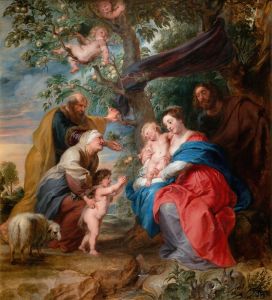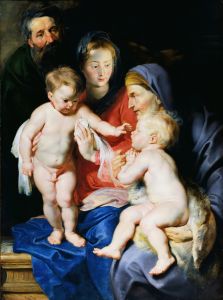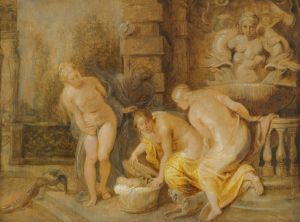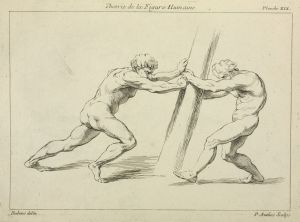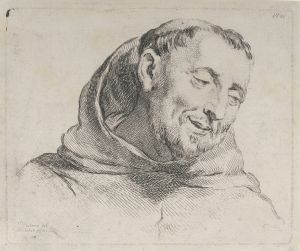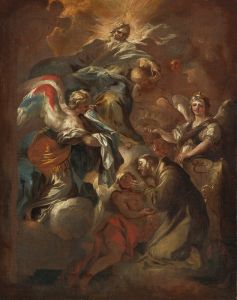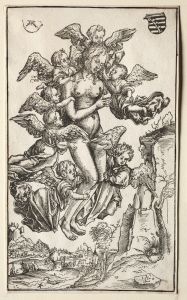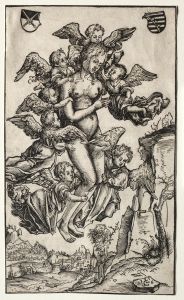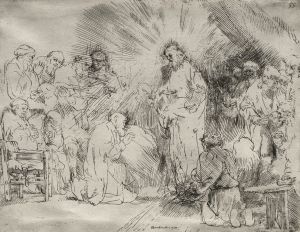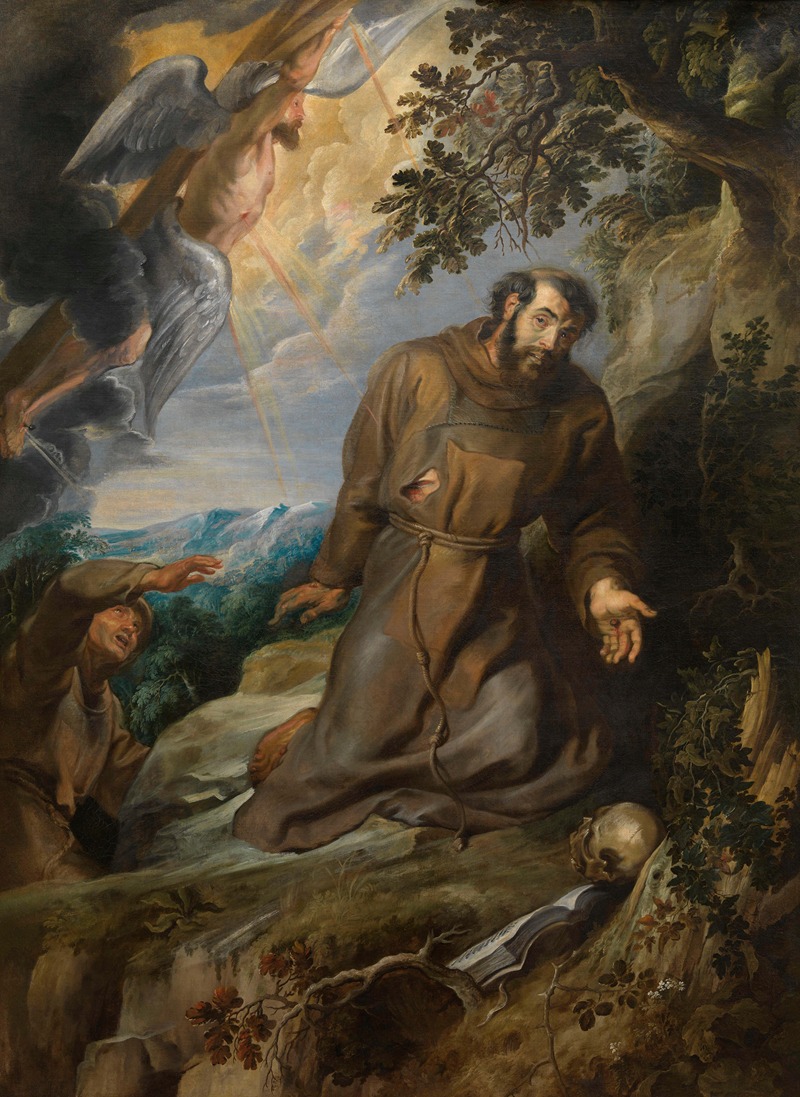
The stigmatisation of Saint Francis of Assisi
A hand-painted replica of Peter Paul Rubens’s masterpiece The stigmatisation of Saint Francis of Assisi, meticulously crafted by professional artists to capture the true essence of the original. Each piece is created with museum-quality canvas and rare mineral pigments, carefully painted by experienced artists with delicate brushstrokes and rich, layered colors to perfectly recreate the texture of the original artwork. Unlike machine-printed reproductions, this hand-painted version brings the painting to life, infused with the artist’s emotions and skill in every stroke. Whether for personal collection or home decoration, it instantly elevates the artistic atmosphere of any space.
The Stigmatisation of Saint Francis of Assisi is a painting by the Flemish Baroque artist Peter Paul Rubens, created around 1615–1617. The work depicts a significant moment in the life of Saint Francis of Assisi, a revered figure in Catholic tradition, who is said to have received the stigmata—the wounds of Christ—during a mystical vision. This event is believed to have occurred in 1224 while Saint Francis was praying on Mount La Verna in Italy.
Rubens' painting portrays Saint Francis kneeling in a dramatic, emotional pose, with his arms outstretched as he receives the stigmata. The composition is dynamic and infused with the dramatic lighting and rich color palette characteristic of Rubens' Baroque style. The figure of Saint Francis is depicted with a sense of spiritual ecstasy, his gaze directed upward toward the divine source of the stigmata. A seraphic figure, representing Christ, appears in the sky, radiating light and sending down the rays that mark Saint Francis with the wounds of the crucifixion.
The painting reflects Rubens' mastery of anatomy, movement, and emotion, as well as his ability to convey religious themes with both grandeur and intimacy. The artist's use of chiaroscuro—contrasting light and shadow—enhances the dramatic effect of the scene, drawing the viewer's attention to the central figure of Saint Francis and the divine light emanating from the seraph.
This work is an example of Rubens' engagement with religious subjects, which were a significant part of his artistic output. As a devout Catholic, Rubens often created works that reflected his faith and the Counter-Reformation ideals of the time, emphasizing the power and glory of the Church through art.
The painting is currently housed in the Royal Museum of Fine Arts of Belgium in Brussels. It remains an important example of Rubens' religious works and his ability to convey profound spiritual experiences through his art.





